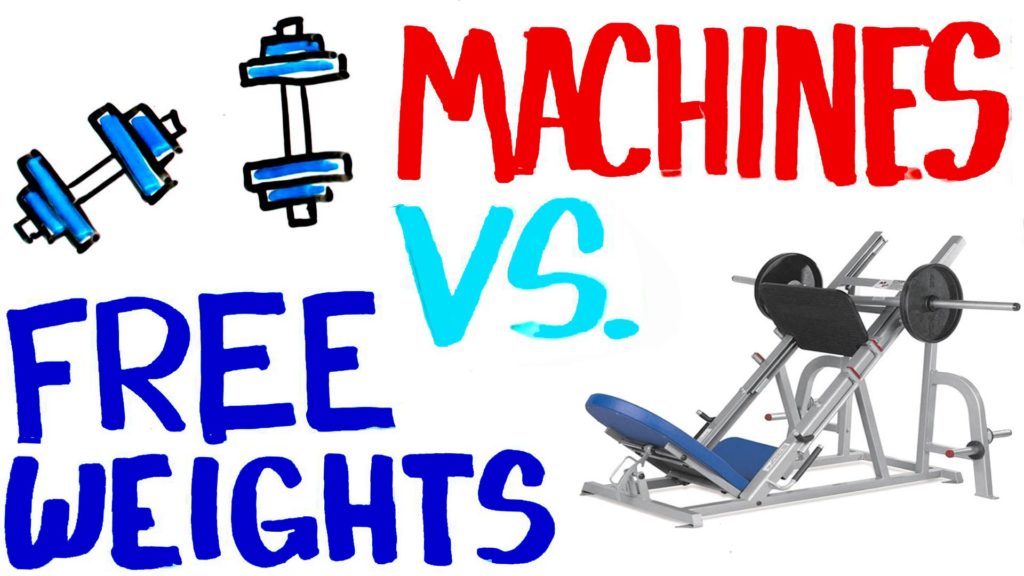Most gyms are equipped with a selection of both free weights and resistance machines. Many of the machines execute similar movements to traditional free weight exercises, such as the bench press, shoulder press, row, and chest fly. Both methods of training have their advantages, although it is generally recommended to choose free weight exercises due to the more natural range of motion and greater recruitment of stabilising muscle groups. We question this logic however, and see which exercises may be best performed using a machine.
Chest flys (vrs dumbbell flys)
The dumbbell fly has long been an extremely popular free weight chest exercise. The fly isolates the chest and is a sound choice at the beginning of a chest workout to pre-exhaust the chest, or at the end to take the chest past failure. The machine fly mimics the movement of the dumbbell fly by allowing the trainee to use adjustable handles which follow an arc path.
The main advantage of the machine fly is the continual resistance throughout the exercise, which is lacking from the dumbbell variation. If performing flys with a set of dumbbells the relative resistance is decreased as the dumbbells are brought upward over the torso. This is because the dumbbells resistance comes from the gravitational pull of the weight towards the floor, whereas due to the cable system on the machine fly the resistance is continual throughout the entire range of motion.
Seated cable row (vrs bent over row)
The majority of the muscles which compose the back can be targeted by the bent over row, including the latissimus dorsi (or “lats”) which is the wide sweeping back muscle. The seated row is the machine variation of the exercise, where the trainee sits upright and pulls a bar connected to a cable towards the torso.
The bent over row is very effective, yet it does require the trainee to bend over whilst grasping onto a heavy load. This can cause the form to slacken somewhat for some individuals. The seated row has a clear advantage due to the seated position of the trainee during the exercise. The seated position allows the trainer to maintain sound posture whilst using a heavy load, with less worry of injury. This may also be a wiser choice for those with lower back injuries.
Over head triceps extension (vrs frenchpress)
The extension of the elbow recruits the three headed muscle to the rear of the upper arm known as the triceps brachii (“triceps” or “tri’s” for short). To perform the frenchpress the trainer sits upright, grasping a small barbell above the head (arms fully extended). A narrow under-hand grip should be used. Whilst the upper arms remain stationary (elbows pointing towards the ceiling) the bar is brought behind the head until at ear level. The trainee then extends the arms to bring the bar back above the head. The same movement can be performed using a bar attached to a low cable pulley.
The benefit of the cable variation is greater resistance at the top of the exercise as the arms lockout. The triceps peak contract at full elbow lockout, and therefore the cable variation allows for full lockout under full resistance, whereas the free weight variation does not (due to the same reasons specified for the dumbbell fly).
45° leg press (vrs barbell squat)
There is no doubt the barbell squat is the king of lower body exercises. The squat successfully recruits the major muscles of the lower body, as well as requiring a multitude of assisting muscles. A trainer who does not incorporate the squat into their training is likely following a sub-optimal routine. The leg press is a very similar exercise, yet the trainee is seated stationary and presses a sledge with their feet.
In an ideal world a gym goer would mix up their training and include various variations of exercises, including the barbell squat and the leg press. The leg press can be of benefit for those who suffer from lower back issues however, with the back supported by a padded board.

